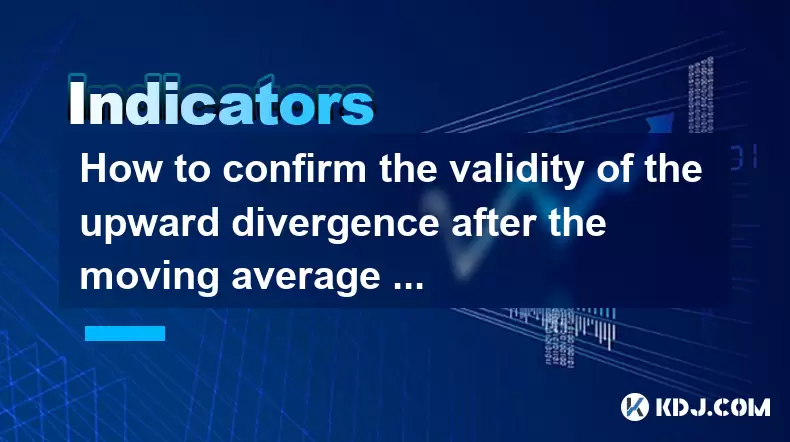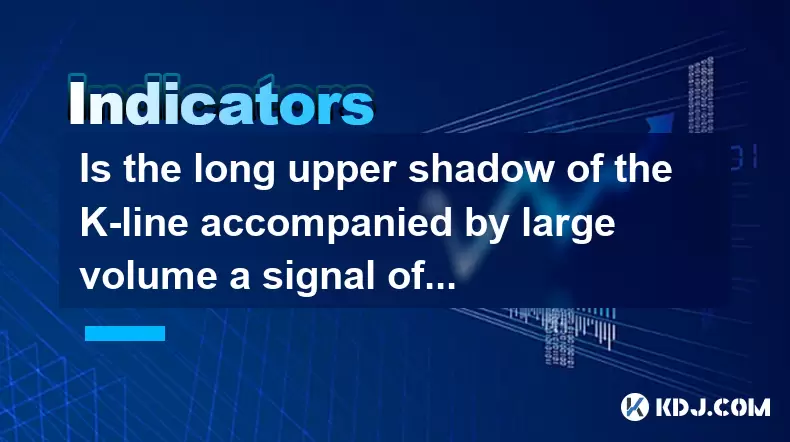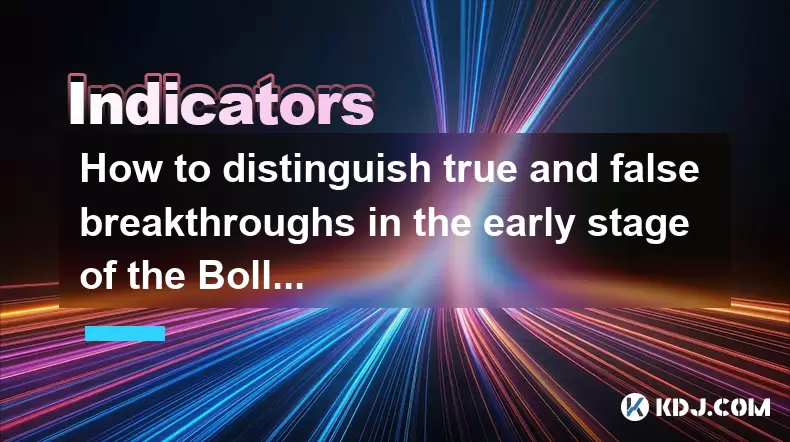-
 Bitcoin
Bitcoin $106,754.6083
1.33% -
 Ethereum
Ethereum $2,625.8249
3.80% -
 Tether USDt
Tether USDt $1.0001
-0.03% -
 XRP
XRP $2.1891
1.67% -
 BNB
BNB $654.5220
0.66% -
 Solana
Solana $156.9428
7.28% -
 USDC
USDC $0.9998
0.00% -
 Dogecoin
Dogecoin $0.1780
1.14% -
 TRON
TRON $0.2706
-0.16% -
 Cardano
Cardano $0.6470
2.77% -
 Hyperliquid
Hyperliquid $44.6467
10.24% -
 Sui
Sui $3.1128
3.86% -
 Bitcoin Cash
Bitcoin Cash $455.7646
3.00% -
 Chainlink
Chainlink $13.6858
4.08% -
 UNUS SED LEO
UNUS SED LEO $9.2682
0.21% -
 Avalanche
Avalanche $19.7433
3.79% -
 Stellar
Stellar $0.2616
1.64% -
 Toncoin
Toncoin $3.0222
2.19% -
 Shiba Inu
Shiba Inu $0.0...01220
1.49% -
 Hedera
Hedera $0.1580
2.75% -
 Litecoin
Litecoin $87.4964
2.29% -
 Polkadot
Polkadot $3.8958
3.05% -
 Ethena USDe
Ethena USDe $1.0000
-0.04% -
 Monero
Monero $317.2263
0.26% -
 Bitget Token
Bitget Token $4.5985
1.68% -
 Dai
Dai $0.9999
0.00% -
 Pepe
Pepe $0.0...01140
2.44% -
 Uniswap
Uniswap $7.6065
5.29% -
 Pi
Pi $0.6042
-2.00% -
 Aave
Aave $289.6343
6.02%
Is the probability of a downward breakthrough of the descending triangle greater?
The descending triangle pattern in crypto often signals bearish momentum, with historical data showing a higher likelihood of breakdowns, especially during downtrends.
Jun 18, 2025 at 07:56 pm

Understanding the Descending Triangle Pattern
The descending triangle is a well-known chart pattern in technical analysis, often used by traders to anticipate potential price movements. It is characterized by a horizontal support level and a descending trendline connecting a series of lower highs. This pattern typically indicates selling pressure, suggesting that bears are gaining control over the market.
In the context of cryptocurrency trading, where volatility is high and trends can shift rapidly, understanding the implications of this pattern becomes crucial. Traders look for breakouts — either upward or downward — as signals for possible trade entries. However, one common question arises: is the probability of a downward breakthrough greater than an upward one?
Historical Performance of the Descending Triangle in Crypto Markets
Analyzing historical data from major cryptocurrencies like Bitcoin (BTC), Ethereum (ETH), and others reveals interesting insights. In many cases, especially during bearish market phases, the descending triangle has shown a higher tendency to break down rather than up.
This behavior aligns with the broader psychology of crypto traders. During periods of uncertainty or negative news cycles, selling pressure increases, leading to repeated attempts to push prices lower. The horizontal support line acts as a psychological barrier; once broken, it often triggers panic selling or automated stop-loss orders, accelerating the downward move.
- Support zones are frequently tested but not always respected
- Volume patterns before breakout are key indicators
- Breakdowns tend to be faster and more aggressive than breakouts to the upside
Factors Influencing the Direction of Breakout
While the descending triangle generally leans toward a downward breakout, several factors influence its outcome:
- Market sentiment: A strong bearish bias increases the likelihood of a breakdown.
- Volume contraction during consolidation: Low volume suggests lack of interest and often precedes a breakdown.
- Previous trend direction: If the triangle forms after a downtrend, the odds of a continuation (i.e., further decline) increase significantly.
- Time spent inside the triangle: Extended consolidation may weaken the pattern’s reliability.
It's important to note that no single factor guarantees a specific outcome. Combining these elements with other tools such as moving averages, RSI, or on-chain metrics can enhance predictive accuracy.
How to Trade a Descending Triangle in Cryptocurrency
For traders aiming to capitalize on this pattern, here’s a detailed step-by-step guide:
- Identify the formation clearly: Look for at least two lower highs and a clear horizontal support level.
- Wait for the price to approach the apex of the triangle — avoid premature entries.
- Monitor volume closely: A drop in volume during consolidation is typical; a spike usually accompanies the breakout.
- Place a sell order slightly below the support line if a breakdown appears imminent.
- Set a stop-loss just above the highest high within the triangle to manage risk.
- Target profit levels can be estimated by measuring the height of the triangle at its widest point and projecting it downward from the breakout level.
Traders should also consider using order book analysis and liquidity pools in decentralized exchanges to confirm whether large sell walls exist near the support zone, which could hint at institutional or whale activity.
Common Mistakes to Avoid When Trading This Pattern
Many novice traders fall into traps when dealing with descending triangles. Here are some critical errors to avoid:
- Entering trades too early without confirmation of a valid breakout
- Ignoring volume dynamics, which are essential for confirming the strength of the move
- Setting unrealistic profit targets without considering resistance zones or market depth
- Failing to use stop-loss orders, exposing capital to sudden reversals
One of the most overlooked aspects is false breakouts, where the price briefly pierces the support only to reverse quickly. These fakeouts can trap traders who act impulsively without waiting for confirmation candles or additional indicators.
Frequently Asked Questions
Q1: Can a descending triangle sometimes lead to an upward breakout?
Yes, although less common, ascending breakouts do occur, especially when strong buying pressure emerges near the support zone or positive news surfaces during consolidation.
Q2: How reliable is the descending triangle pattern compared to other chart formations?
The descending triangle is considered moderately reliable, particularly when combined with confluence from other indicators like RSI divergence or macroeconomic events.
Q3: Should I always wait for a candle close below support before acting?
It is highly recommended to wait for a confirmed close below the support line to reduce the risk of false breakouts and whipsaws.
Q4: Does this pattern work equally well across all timeframes in crypto charts?
No, the effectiveness varies. Higher timeframes like 4-hour or daily charts offer more reliable signals due to stronger liquidity and reduced noise compared to shorter intervals like 5-minute or 15-minute charts.
Disclaimer:info@kdj.com
The information provided is not trading advice. kdj.com does not assume any responsibility for any investments made based on the information provided in this article. Cryptocurrencies are highly volatile and it is highly recommended that you invest with caution after thorough research!
If you believe that the content used on this website infringes your copyright, please contact us immediately (info@kdj.com) and we will delete it promptly.
- Staked Ether, Corporate Crypto, and Finance Adoption: A New York Minute
- 2025-06-21 02:45:13
- Pendle, DeFi, and the SEC: A New York Minute on Crypto's Crossroads
- 2025-06-21 02:25:13
- Reddit, Worldcoin, and Iris Scanning: A New Era of User Verification?
- 2025-06-21 02:45:13
- Investor Funds, Bitcoin, and Buying Tricks: Navigating the Crypto Landscape
- 2025-06-21 02:50:12
- TikTok, Trump, and a $300 Million Crypto Bribe? What's the Deal?
- 2025-06-21 03:10:57
- Pi Network's Open Mainnet: Hype or Hope for a Decentralized Future?
- 2025-06-21 03:25:12
Related knowledge

Does the sudden contraction of ATR indicate the end of the trend?
Jun 20,2025 at 11:14pm
Understanding ATR and Its Role in Technical AnalysisThe Average True Range (ATR) is a technical indicator used to measure market volatility. Developed by J. Welles Wilder, ATR calculates the average range of price movement over a specified period, typically 14 periods. It does not indicate direction—only volatility. Traders use ATR to gauge how much an ...

Is the trend continuation when the Williams indicator is oversold but there is no rebound?
Jun 20,2025 at 11:42pm
Understanding the Williams %R IndicatorThe Williams %R indicator, also known as the Williams Percent Range, is a momentum oscillator used in technical analysis to identify overbought and oversold levels in price movements. It typically ranges from 0 to -100, where values above -20 are considered overbought and values below -80 are considered oversold. T...

Is the golden cross of the ROC indicator below the zero axis effective?
Jun 20,2025 at 09:42pm
Understanding the ROC Indicator and Its Role in Cryptocurrency TradingThe Rate of Change (ROC) indicator is a momentum oscillator widely used by traders to assess the speed at which cryptocurrency prices are changing. It measures the percentage difference between the current price and the price from a certain number of periods ago. The ROC helps identif...

How to confirm the validity of the upward divergence after the moving average sticks together?
Jun 21,2025 at 01:36am
Understanding the Basics of Moving Averages and DivergenceIn technical analysis, moving averages are crucial tools used to smooth out price data over a specified time period. When multiple moving averages converge or 'stick together,' it often indicates a consolidation phase in the market. This phenomenon can be a precursor to significant price movement...

Is the long upper shadow of the K-line accompanied by large volume a signal of peaking?
Jun 21,2025 at 12:28am
Understanding the Long Upper Shadow K-LineThe long upper shadow of a K-line is a common candlestick pattern that often appears during price action analysis. It consists of a small real body with a long upper wick, indicating that the price rose significantly during the period but was ultimately rejected and closed lower than its high. This pattern can s...

How to distinguish true and false breakthroughs in the early stage of the Bollinger Band opening?
Jun 20,2025 at 10:35pm
Understanding the Bollinger Band StructureBollinger Bands consist of three lines: a simple moving average (SMA) in the middle, and two outer bands that are standard deviations away from the SMA. These bands expand and contract based on market volatility. When the bands begin to widen, it often signals an increase in price volatility, which traders inter...

Does the sudden contraction of ATR indicate the end of the trend?
Jun 20,2025 at 11:14pm
Understanding ATR and Its Role in Technical AnalysisThe Average True Range (ATR) is a technical indicator used to measure market volatility. Developed by J. Welles Wilder, ATR calculates the average range of price movement over a specified period, typically 14 periods. It does not indicate direction—only volatility. Traders use ATR to gauge how much an ...

Is the trend continuation when the Williams indicator is oversold but there is no rebound?
Jun 20,2025 at 11:42pm
Understanding the Williams %R IndicatorThe Williams %R indicator, also known as the Williams Percent Range, is a momentum oscillator used in technical analysis to identify overbought and oversold levels in price movements. It typically ranges from 0 to -100, where values above -20 are considered overbought and values below -80 are considered oversold. T...

Is the golden cross of the ROC indicator below the zero axis effective?
Jun 20,2025 at 09:42pm
Understanding the ROC Indicator and Its Role in Cryptocurrency TradingThe Rate of Change (ROC) indicator is a momentum oscillator widely used by traders to assess the speed at which cryptocurrency prices are changing. It measures the percentage difference between the current price and the price from a certain number of periods ago. The ROC helps identif...

How to confirm the validity of the upward divergence after the moving average sticks together?
Jun 21,2025 at 01:36am
Understanding the Basics of Moving Averages and DivergenceIn technical analysis, moving averages are crucial tools used to smooth out price data over a specified time period. When multiple moving averages converge or 'stick together,' it often indicates a consolidation phase in the market. This phenomenon can be a precursor to significant price movement...

Is the long upper shadow of the K-line accompanied by large volume a signal of peaking?
Jun 21,2025 at 12:28am
Understanding the Long Upper Shadow K-LineThe long upper shadow of a K-line is a common candlestick pattern that often appears during price action analysis. It consists of a small real body with a long upper wick, indicating that the price rose significantly during the period but was ultimately rejected and closed lower than its high. This pattern can s...

How to distinguish true and false breakthroughs in the early stage of the Bollinger Band opening?
Jun 20,2025 at 10:35pm
Understanding the Bollinger Band StructureBollinger Bands consist of three lines: a simple moving average (SMA) in the middle, and two outer bands that are standard deviations away from the SMA. These bands expand and contract based on market volatility. When the bands begin to widen, it often signals an increase in price volatility, which traders inter...
See all articles

























































































